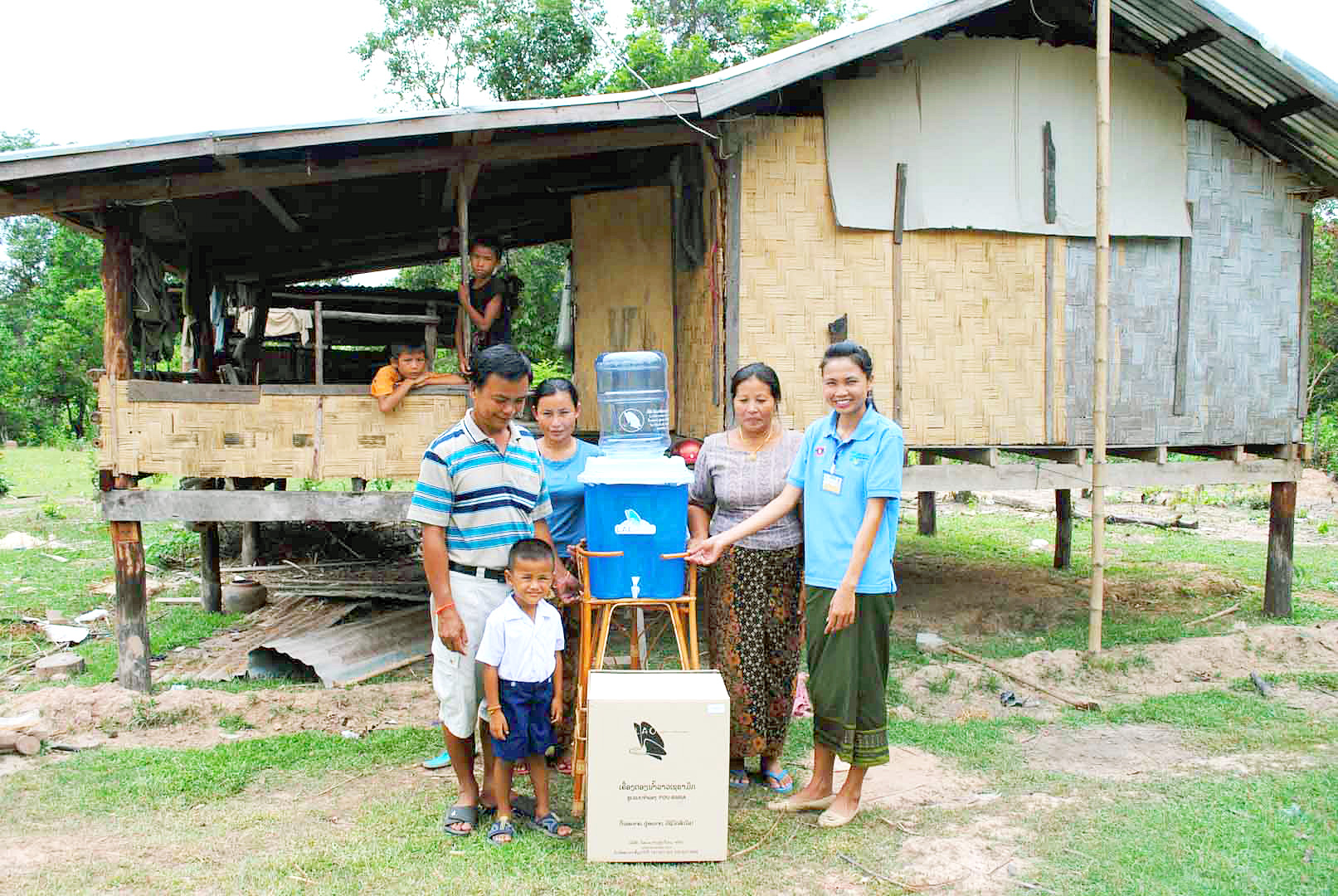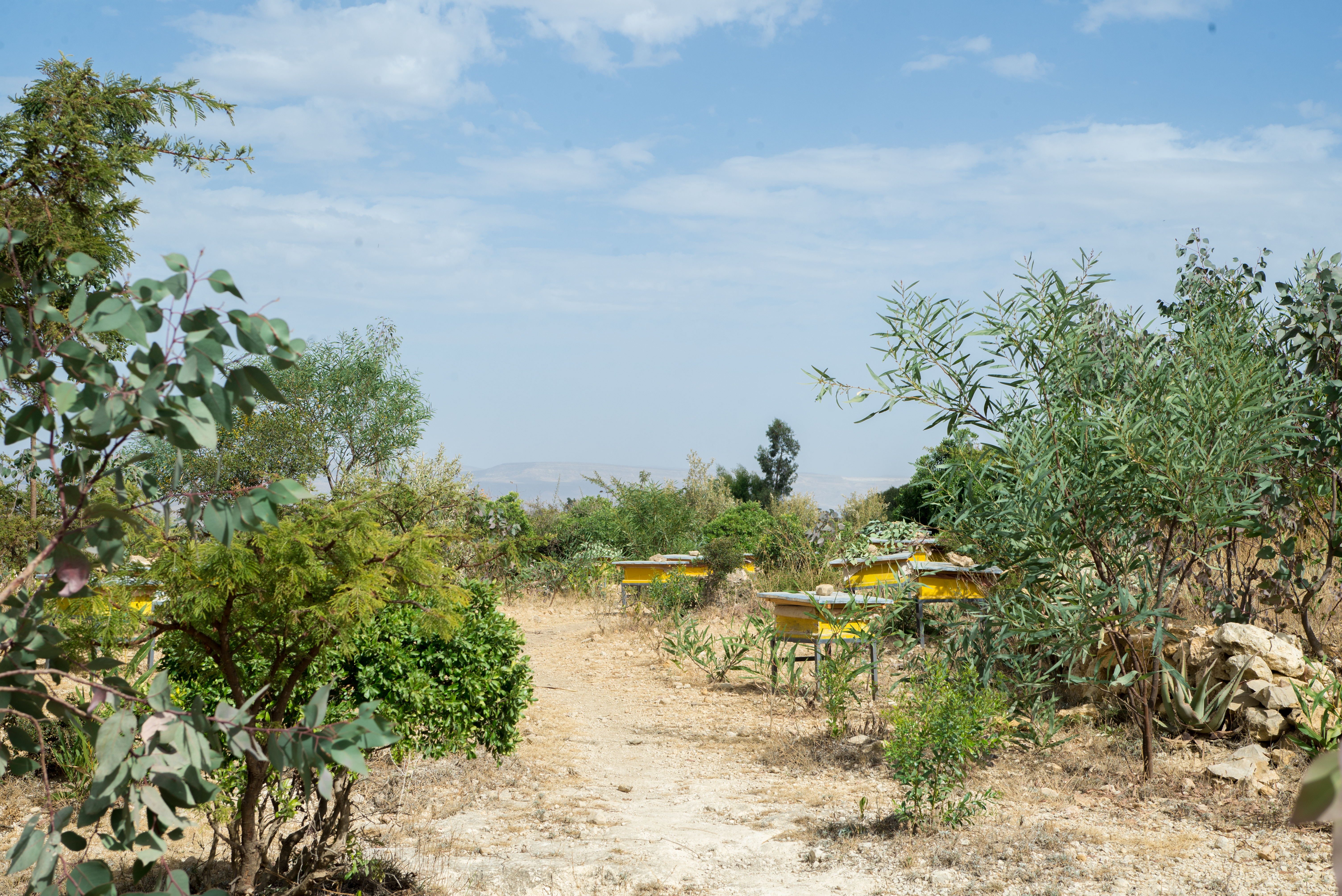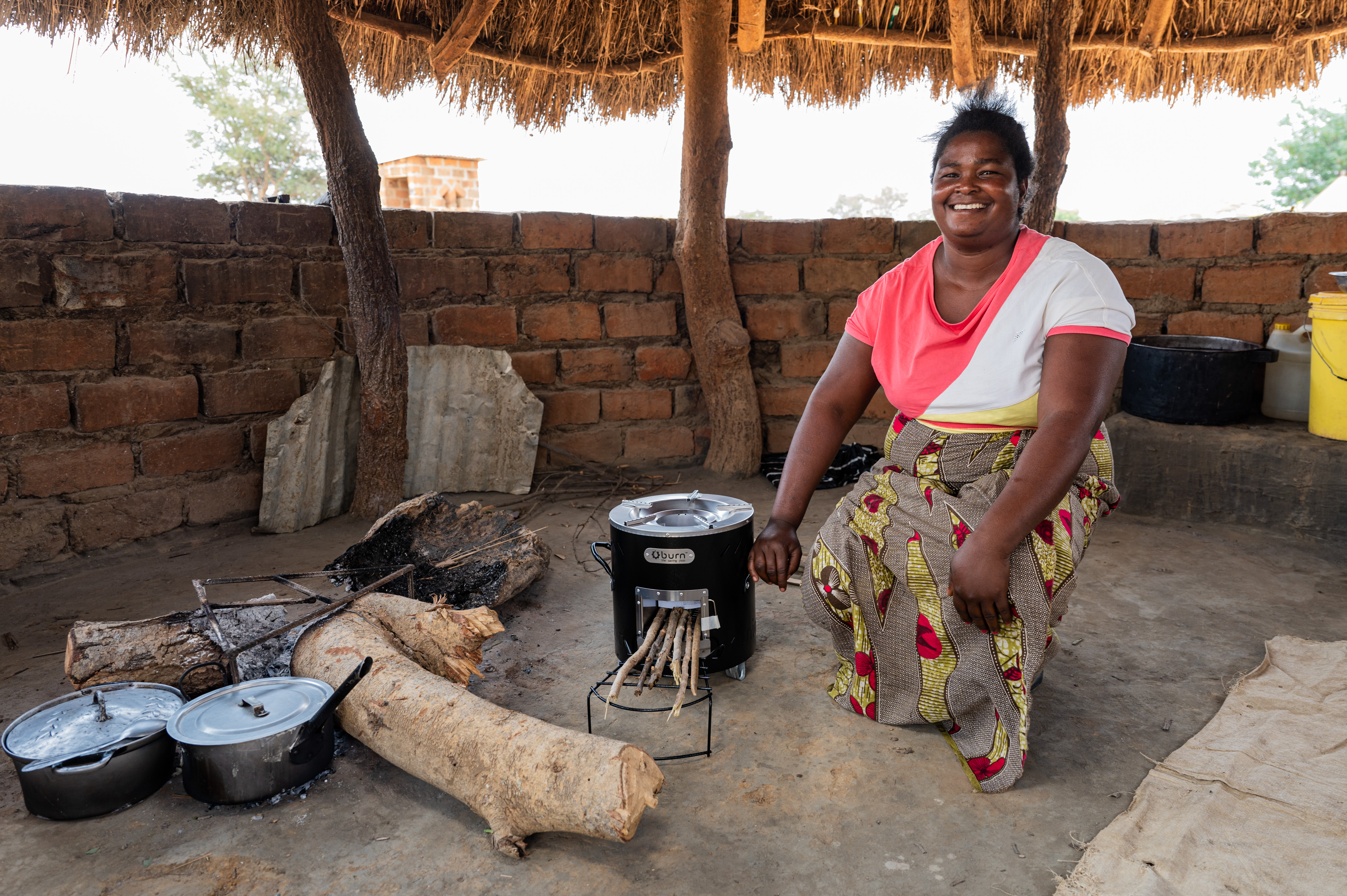Hydropower, Santa Catarina, Brazil
The Consórcio Empresarial Salto Pilão operates a run-of-river hydro power plant, situated in the state of Santa Catarina in the south of Brazil, with an installed capacity of 182.3 MW. The power plant increases the share of renewable energy in the country’s power grid, which is currently highly dependent on fossil fuel-fired power plants. By replacing fossil fuels and preventing the reconstruction of fossil fuel power plants, the project annually avoids the emission of 290,976 tons of CO2-equivalents.
The run-of-river hydro power plant ponds parts of the Itajaí Açu river in a reservoir of 0.15 km2 and uses the water to produce electricity with two Francis turbines.Placed in a beneficial topographical area, there is no need for a large water reservoir to run the power plant. Thus negative impacts on the environment are avoided. There is also no need to relocate parts of the local population, which is often necessary with hydro power plants with larger reservoirs. Due to the positive environmental and social effects, local stakeholders and public entities also supported the implementation of the project.

Hydropower plants use the energy of water to generate electricity. The energy is harnessed by passing water through a turbine. Under the pressure of the water, the turbine turns and transfers this energy to a generator, which converts kinetic energy into electricity. This principle applies to all types of hydroelectric power plants: from small run-of-river power plants to pumped-storage power plants on bodies of water like lakes. In many parts of the world, electricity is still primarily generated from fossil fuels. Clean hydropower can replace some of this emission-intensive energy and thus verifiably save carbon emissions. In most hydropower projects, the electricity is fed into a regional power grid, diversifying the energy supply and improving energy security in areas affected by power shortages and blackouts. Often, these projects also create jobs for the local population. Hydropower projects thus make an important contribution to clean energy supply as well as contributing to the UN Sustainable Development Goals (SDGs). Hydopower projects in the ClimatePartner portfolio are registered with international standards.
Explore our projects
Biochar for Climate Action, Healthy Soils, and Better Harvests

A certified climate project combined with additional commitment

Expansion of renewable energy generation in Asia

Ceramic water filters save CO2 and improve health

Improved cookstoves worldwide – for better health and cleaner air

A certified climate project combined with additional commitment

Powering access to renewable energy in Africa

A certified climate project combined with additional commitment

Restored ecosystems remove carbon

Turning degraded farmlands into healthy ecosystems

Improved cookstoves - better for health and the environment





